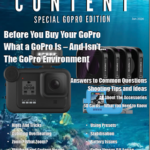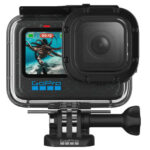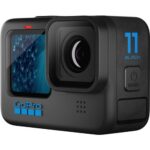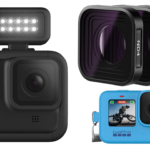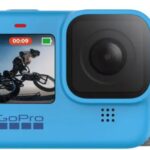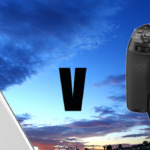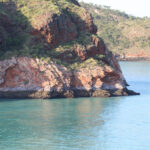With every release of a new GoPro, the questions come thick and fast about “best settings for …” as new users join the GoPro “club”. (Actually the same can be said for DJI Action cameras and others of the same ilk).
First up, there is no such thing as the “best settings” for anything. There are far too many variables involved, the major ones being the amount of light available, the ambience of that light (cloudy, bright sunlight etc), the subject (is it moving or stationery and how far away is it) and finally, the audio.
It’s also a benefit to understand the basics of photography and videography such as ISO, exposure, frame rate, resolution and more.
The GoPro may be a little box chock full of electronic wizardry, but it is not magic. Not by a very long shot.
It also has to be asked if the GoPro is the right camera for the job? There are innumerable instances of Facebook posts asking about using a GoPro to shoot sports matches for example. In this instance, it is usually totally the wrong camera for the job. That sort of imaging needs access to focus, aperture and focal length (at the very least) and not one of these can be altered on a GoPro. It is a fixed length, fixed focus and fixed aperture camera.
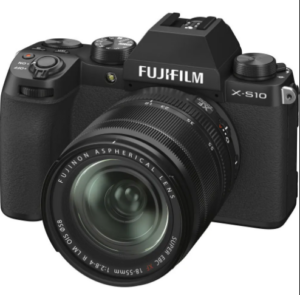
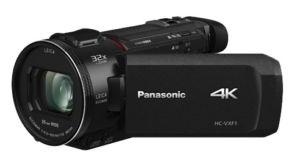
Generally, to shoot sport (unless you are a participant), you need a mirrorless camera that allows interchangeable lenses such as a Fujifilm X-S10, or better still, a dedicated video camera with a decent optical zoom (NOT a digital zoom. Not EVER) like a Panasonic HC-VXF1.
The same applies to shooting a concert. Forgetting the probable illegality of such a thing due to copyright, these are usually darkish affaires light wise, punctuated by stage lights, lasers and so on. You need a camera that will cope with this, and a GoPro won’t as the low light crapness of GoPros is legendary. This is due to in large part to a small sensor, but also, again, the non-option of changing the aperture.
But, if you want to strap a camera to your chest or helmet and kayak the length of the Murrumbidgee River, stick one on the handlebars of your mountain bike and careen along the Bibbulman Track or snorkel around with Whale Sharks at Ningaloo, then the GoPro is the perfect fit, as long as you know what its limitations are, and the way it should be setup according to the environment AT THAT TIME.
Just as you COULD use a screwdriver to bash in a nail, it is not the best tool for the job – a hammer is. The same applies to the GoPro. It is not suited to every form of photography or videography. Some seem to think it is a do-everything-camera and it just isn’t.
There is no such thing. The closest is probably your smartphone, but that is a whole other story. Probably longer than this one.
Creative Content Top Tip: The GoPro is known for overheating. There are a number of reasons this is so, and I am baffled as to how DJI has managed to solve the problem with the OSMO Action Camera but GoPro can’t. But there are some things you can do to assist.
First, turn of every function you are not using such as the front screen, Bluetooth, Wi-fi, GPS, Voice Control, Horizon Levelling and so on. Each of these chew processor power and hence generate heat. Second, if you can, power the camera externally from a reputable PowerBank after removing the standard battery. Third, try not to run it for extended periods. From my experience, 10 to 15 minute sessions seems about right but of course your mileage may vary, so experiment and they stay within the limitations you find.
Here are some other resources that may help:
ISO Explained. What it is and how to use it
GoPros and Audio. Getting better sound
Video and Photography. Lighting. Getting better light.
Slow Motion and Shutter Speed. How to get good slo-mo
Aperture Explained. What it is, and why you need to uderstand it.


